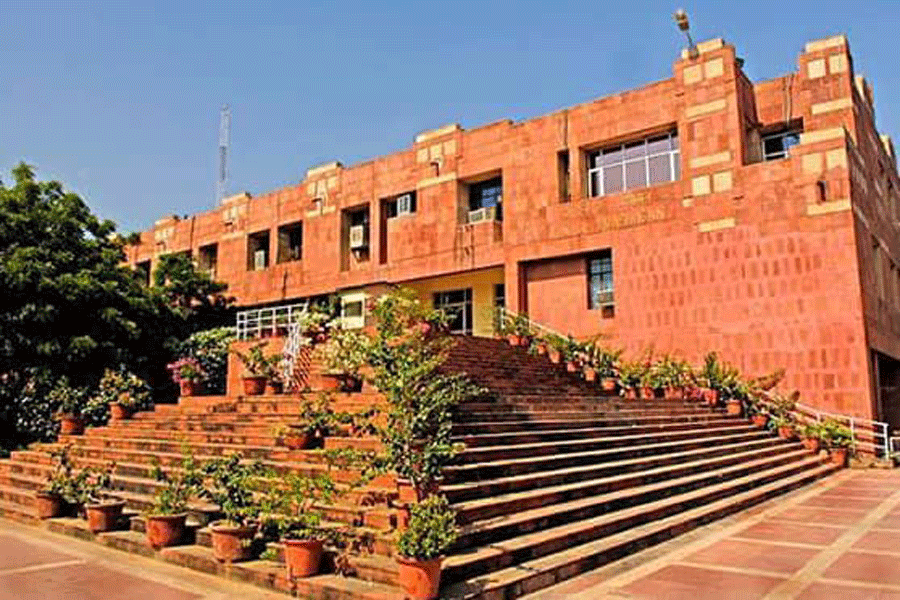Balasore, Jan. 31 (Agencies): India on Saturday successfully carried out the maiden canister-based launch of its most potent missile, the Agni-V, which has a strike range of over 5000km and can carry a nuclear warhead of over one tonne.
The missile was launched from a canister mounted on a road-mobile launcher at Wheeler's Island, off the Odisha coast. The canister does away with the need for a launch silo for the 50-tonne missile, as heavy as one of India’s main battle tanks.
The three stage, solid propellant missile was test-fired from a mobile launcher from launch complex-4 of the Integrated Test Range at about 8.06 hours, ITR Director M.V.K.V. Prasad told PTI.
“A gas generator at the bottom of the canister pushed the 17.5-metre long, 50-tonne Agni-V out of the canister. The missile, which can take on targets situated more than 5,000km away, had a dummy pay-load in today's trial,” said a senior defence analyst at the ITR here.
The missile version was stored and launched from a hermetically sealed canister. The steel container was made of maraging steel.
Defence analysts said the canister would make the missile fully road or rail mobile, giving a great deal of secrecy and flexibility to the country's strategic strike capability.
The alternative to using canister is fixed ground-based silos, which are vulnerable to surveillance and attack.
“We can transport the missile to anywhere and fire from there. This will give advantage over the rivals. This apart, the canister can keep the missile in appropriate atmosphere,” said R.K. Kar, another missile researcher.
Prasad said the canister version of Agni-5 missile was successfully test launched.
“The missile, witnessed a flawless 'auto launch' and detailed results will be known after all data retrieved from different radars and network systems,” Prasad said.
Saturday’s launch was the third developmental trial of the long-range missile. The first test was conducted on April 19, 2012, and the second test on September 15, 2013, from the same base.
The indigenously developed surface-to-surface missile Agni-V is capable of striking targets up to 5000km away. It is about 17 meters long, 2 metres wide and has a launch weight of around 50 tonnes. The missile can carry a nuclear warhead of more than one tonne.
The Agni-V is the most advanced in the Agni series, with new technologies in navigation and guidance, warhead and engine, Prasad said.
“Lot of new technologies developed indigenously were successfully tested in the first Agni-V trial,” he said. Among these were a very high accuracy ring laser gyro based inertial navigation system (RINS) and the micro navigation system, which gives the missile an accuracy of a few metres.
“The high speed onboard computer and fault tolerant software along with robust and reliable bus guided the missile flawlessly,” said an official.
At present, India has in its armoury of Agni series, Agni-I with 700km range, Agni-II with 2000km range, Agni-III and Agni-IV with 2500km to more than 3500-km range. After a few more trials, Agni-V will be inducted into the services.










